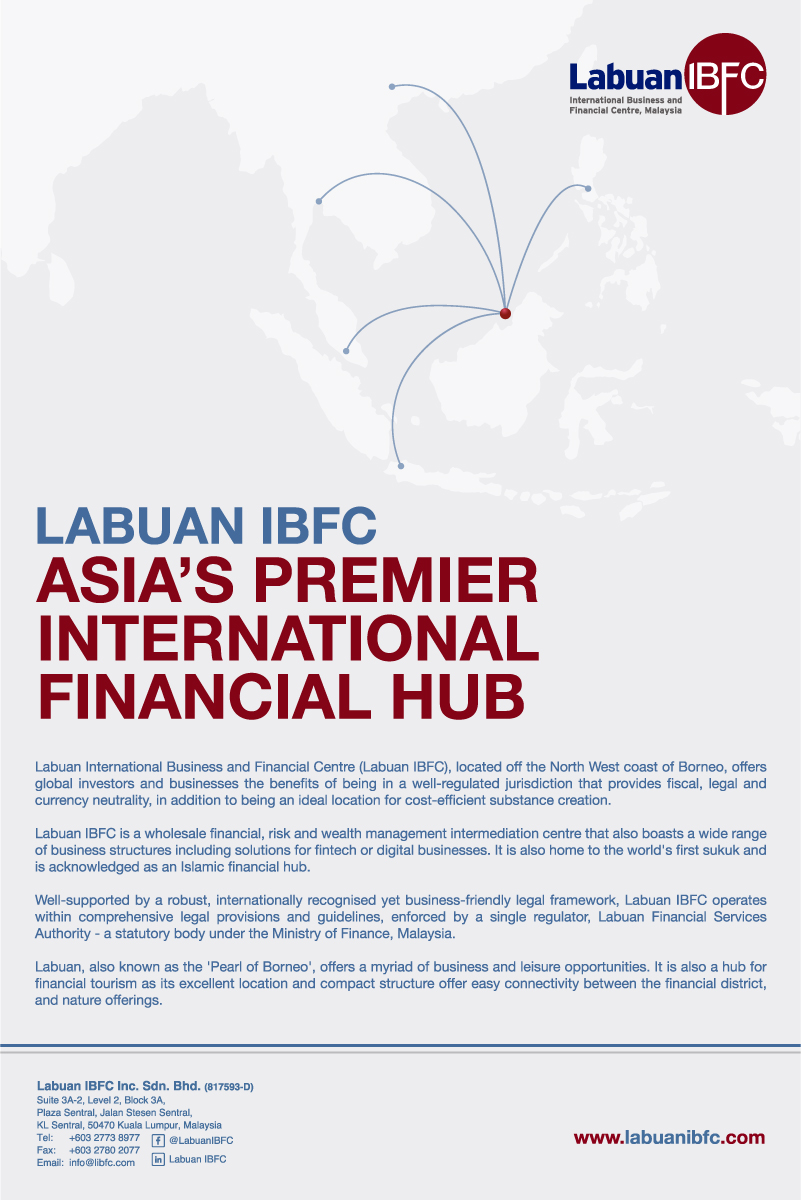Travis Wegkamp and Brandy Alderson discuss the landscape of the Utah captive industry, the regulatory environment, and turning challenges into opportunities
Forming one-third of the Western Region alongside Arizona and Missouri, the captive market in Utah currently boasts more than 360 active captive insurance companies across a range of industries, including but by no means limited to voluntary employee benefits, cyber liability and tenant liability coverage.
Brandy Alderson, president of the Utah Captive Insurance Association (UCIA) and account executive at Marsh Captive Solutions, defines market conditions in the Beehive State as stable, highlighting the robust number of active licences, as well as new captive formations on the horizon.
She notes: “The captive industry is currently experiencing increased growth either in the number of licensed captives or the growth of written premium as captives provide solutions for increased commercial insurance rates or lack of capacity.
“Those captives domiciled in Utah are fortunate to work with regulators that are well-staffed and very responsive to business plan changes and other needs of existing and prospective captive owners.”
This is affirmed by Travis Wegkamp, director of captive insurance at Utah Insurance Department, who describes market conditions in Utah as “excellent”. He adds: “Our diverse economy continues to thrive, and that includes expansion of the captive industry and service provider markets.
“The captive programme here in the insurance department has strong support from insurance commissioner Jon Pike, and from Governor Spencer Cox. While adhering to our chief duty of regulatory oversight, our next top priority is to assist, as appropriate, in the success of Utah captive insurance companies.”
Utah-domiciled captives are regulated under the provisions of the Captive Insurance Companies Act of 2003, which authorises single-parent and group captives (including sponsored and industrial insured captives and risk retention groups).
The original captive legislation of the state does not subject captive insurers to premium tax — although they are still subject to real and personal property taxes — and establishes reasonable capital requirements and annual renewal fees.
In addition, the legislation authorises the licensing of branch offices of offshore captives which underwrite and administer employee benefit programmes to its parent and affiliated companies. Although there are no restrictions on allowable investments, the department does not allow any investments that threaten the solvency of the captive.
In terms of regulatory oversight, Utah captives must file a report on the financial condition of the captive insurance company with the commissioner before 1 March every year, and are due for examination at least once every five years by the Utah Insurance Department.
Alderson adds: “The Utah Department of Insurance submits proposed changes to captive legislation on an almost annual basis. These proposed changes typically enhance the existing legislation and make operating a captive in Utah a more positive experience.”
Some of these more recent legislative amendments include House Bill 50, which was passed in March 2021 to authorise the state risk manager to create captive insurance companies in cooperation with any covered entity that has responsibility for the risk control and safety of school districts and charter schools. This allows schools districts and charter schools to participate in any captive created by the state’s risk manager.
In addition, House Bill 54 of the 2021 legislative session amended the Utah insurance code to ensure the state remains a competitive domicile.
This included a reduction in minimum unimpaired capitalisation requirements for sponsored captives from US$1 million to $500,000, as well as a reduction from $350,000 to $200,000 from the sponsors themselves.
The bill also allowed captive coverages for punitive damages, although this still prohibited pure third-party direct or indirect coverage, as well as damages arising from a criminal act.
Summarising the regulatory environment of Utah as a captive domicile, Wegkamp says: “This support [we provide] is also echoed by the Utah legislature and demonstrated by their willingness to work with us to continually update and improve captive legislation to ensure Utah remains a competitive and business-friendly domicile.
“In the past 20 years since captive legislation was first passed in 2003, Utah has become a staunch supporter and major player in the captive insurance industry. We pride ourselves in being accessible and open to exploring innovative approaches to a company’s risk management programme.”
New horizons
As with any industry, the captive sector is not without its challenges. Utah Insurance Department’s Wegkamp outlines interminable scrutiny from the Internal Revenue Services (IRS) over the alleged formation of captive insurance companies for federal tax purposes.
He explains that the fundamental challenge here is a lack of straightforward communication on the part of the IRS over what constitutes a “good” captive from their perspective, as well as how to adequately obtain risk distribution to an apparently acceptable IRS standard without involving the traditional insurance market.
“The IRS’ silence and lack of guidance on this matter makes it necessary for captives to explore ways to achieve that distribution. One example being captive pools; however, the IRS is yet to find a pool that it likes.”
However, he also adds that, as an inherently innovative industry, captives are able to transform challenges into opportunities. This is particularly apparent with the COVID-19 pandemic, which saw captives step up to meet the needs of their parent and affiliate organisations.
“This ability by captives to more nimbly pivot and provide the necessary coverages needed during this difficult time, like business interruption and supply chain, ended up being a great opportunity for captives to demonstrate their advantages as an alternative risk management vehicle,” Wegkamp explains.
It is anticipated that captives will implement similar and new approaches to programmes that aim to mitigate the losses arising from large-scale disruptions, whether from pandemics, climate change or cyber threats — particularly the latter, as increasing digitisation of information and workstations only heightens cyber liability exposure.
This is affirmed by UCIA’s Alderson, who notes that emerging risks continue to be driven by challenges in the commercial insurance market, whether cyber liability, excess liability or medical stop-loss, to name but a few.
“Captives continue to help solve business challenges and support strategic objectives for captive owners,” she summarises.
Looking to the horizon of Utah’s captive development agenda for 2022, Wegkamp reveals that the legislature has proposed an increase to the captive annual licence fee from $6,125 to $7,250.
Elsewhere, the department will continue with improvements and updates to information sources concerning online applications, statement forms and prior approvals.
He highlights: “We know having ease of access to these resources and information are important to our captives and those seeking to know more about Utah as a successful captive domicile.”





